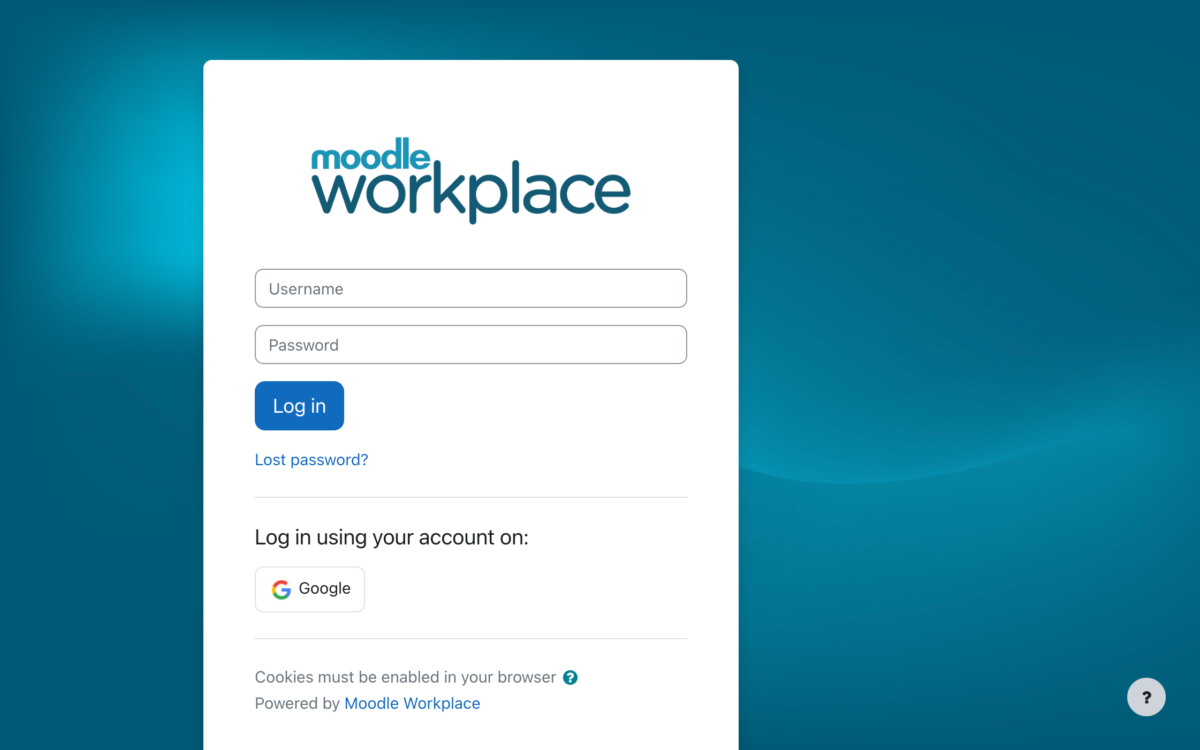The key to virtual learner engagement is to remember to cater to the learner’s emotional, intellectual, collaborative and social capacities. As an educator, rather than bombard content to learners we need to facilitate learning so that all attendees in the session are engaged as active participants.
The greater the connection between participants in the virtual environment and the better supported they feel, the more likely they are be engaged in their learning. Most learning management systems include multiple communication and collaboration tools to foster engagement in the virtual classroom, including discussion forums, polls, wikis, video conferencing, team tasks/ presentations and so on.
But how do we measure learner engagement?
The only way to know if learners are engaged is to measure the actual learner engagement. Moodle Learning Analytics leverages machine learning to make predictions about future learning success based on students’ past activity. By measuring, collecting and analysing data like cognitive engagement statistics (content a student has viewed, submitted, or revised), or social engagement statistics (activities the student has participated in, how has the learner participated in discussions…) teachers/ facilitators can understand and optimise learning, as well as predict at-risk students and student success.







